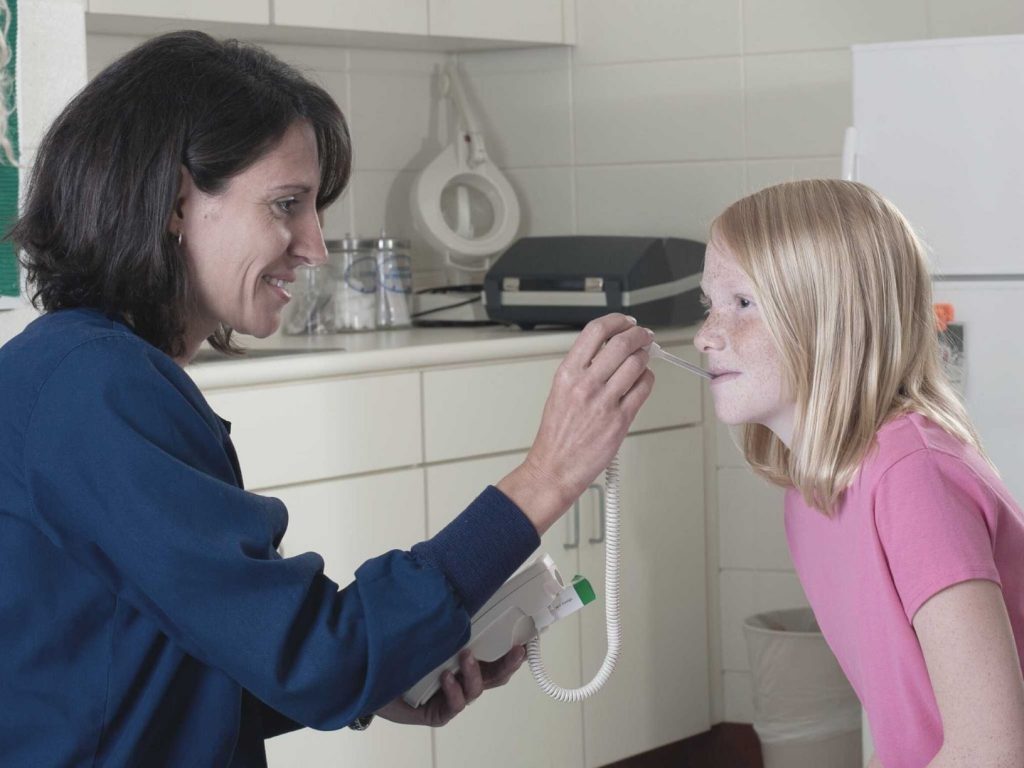A school nurse is more than just someone who hands out Band-Aids and ice packs. They play a crucial role in the provision of health services to children.
Every day, an increasing number of students are entering our schools with chronic illnesses and mental health disorders that require hands-on care during school hours.
We need school nurses.
The National Association of School Nurses defines school nursing as,
“A specialized practice of professional nursing that advances the well-being, academic success, and lifelong achievement of students. To that end, school nurses facilitate positive student responses to normal development; promote health and safety; intervene with actual and potential health problems; provide case management services; and actively collaborate with others to build student and family capacity for adaptation, self-management, self-advocacy, and learning.”

What Do School Nurses Do?
Rasmussen University’s School of Nursing highlights several key roles that a school nurse implements into regular practice:
- Serves as a primary medical resource for children and adults.
- Ensures that every student has what they need both physically and mentally in order to learn.
- Administers health screenings such as vision, hearing, and hosts flu shot clinics.
- Increases health education among students and teachers.
- Collaborates with social workers, guidance counselors, and other public health workers to ensure student safety both in and out of school.
What Many People Don’t Know About School Nurses
A school nurse manages much more than they often receive credit for, and in most cases, they go above and beyond their job’s duties.
In some cases, they may be the only barrier between students having mental health breakdowns, suicidal ideations, parental abuse at home, and many other issues or injustices that they are vulnerable and potentially subjected to both in and out of school.
On top of this, a school nurse also helps their students manage and diffuse anxieties, depression, and other school-related strains when instances such as major tests or bullying arise.
In my personal experiences as a nurse and parent, I have come to realize many shocking truths about the various obstacles that school nurses continue to face and overcome. Along with the first-hand account of a distinguished Nursing CE Central author and school nurse, Mallory Lawler, here are a few key findings that you should become aware of:
1. Many nurses entering into a school nurse role have no prior school nursing knowledge or background.
– Some nurses that transition into school nursing have a pediatric background, however, they have no formal education of the problems that school nurses face on a day-to-day basis or what their basic job duties entail.
– Lawler explains that she received minimal training and shadowing for her role.
– She says she was allotted one day of online training that covered how to research and apply sources and was given the opportunity to shadow a fellow school nurse in her district for only three days.
2. In high-poverty school districts, many students face significant mental health issues, drug usage, and chronic diseases.
– Many children with mental health issues lack coping skills, and oftentimes, do not understand the severity of situations or their actions which can potentially be associated with family abuse, lack of support, bullying, social media comparison, etc.
– There is a high prevalence of students overdosing due to unknowingly using illicit drugs that have been laced with synthetic opioids; Fentanyl is one of the most common.
3. Suicidal ideations among elementary and middle school students are more common than you think. According to a 2018 National Institutes of Health study, suicide was the second leading cause of death in ages 10-14.
– Lawler says each school nurse within her district sees approximately 5-10 students per month with suicidal ideations.






